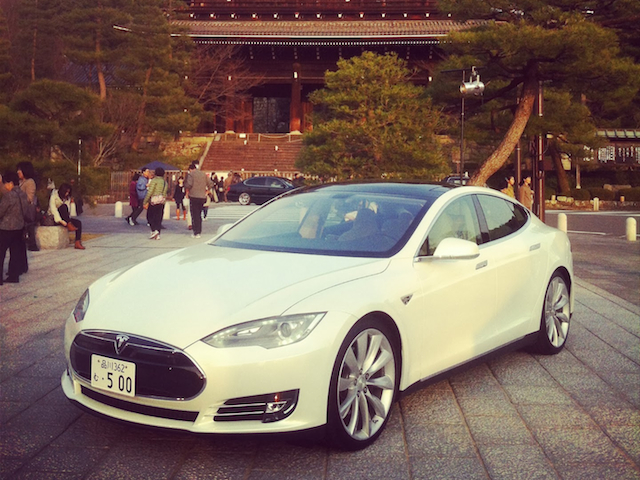Imagine the car steering wheel had been patented at the beginning of the Twentieth Century and that it was only top end vehicles or French cars that were steered that way?
That’s the situation we’re currently facing in the tech world as almost every conceivable idea, however silly, has a patent slapped on it in the hope it can help the business either defensively or as a revenue generator.
Yesterday’s announcement by Tesla Motors’ CEO Elon Musk that the electric car company would be opening it’s patents for ‘in good faith’ uses is a welcome change.
For Tesla it encourages the growth of the electric car industry making the sector deeper and more attractive to consumers who are tightly suspicious about being locked into proprietary technologies.
It’s interesting too that the motivation for taking up so many patents was to prevent the established motor companies grabbing Tesla’s inventions. As it turns out, that wasn’t necessary.
At Tesla, however, we felt compelled to create patents out of concern that the big car companies would copy our technology and then use their massive manufacturing, sales and marketing power to overwhelm Tesla. We couldn’t have been more wrong. The unfortunate reality is the opposite: electric car programs (or programs for any vehicle that doesn’t burn hydrocarbons) at the major manufacturers are small to non-existent, constituting an average of far less than 1% of their total vehicle sales.
So opening up the patent portfolio means Tesla might see more companies enter the space which in turn may create economies of scale.
No end to the patent wars
Although Tesla’s move doesn’t mean all patents wars are over; Musk’s statement that technologies used in ‘good faith’ will be immune from legal action leaves plenty of potential for disputes.
There’s also the problem of cross-licenses with many of Tesla’s invention being subject to agreements with other companies, not to mention technologies bought in from outside.
As Sun Microsystems showed during a previous round of the patent wars, it’s still possible for innocent users to be sued in the event of a dispute.
IBM and open patents
In the wake of that debacle, which fatally damaged Sun’s reputation, IBM made 500 of their patents available to the open source community in 2005 showing Musk’s move isn’t the first time this has happened.
History will tell us if Musk’s announcement helps build the electric car market, if it does it may be an indicator for the future of patents.

Leave a Reply